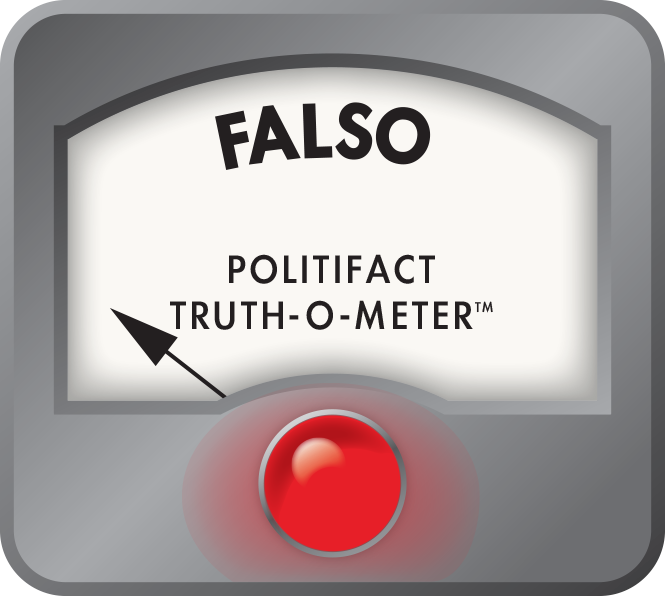Stand up for the facts!
Our only agenda is to publish the truth so you can be an informed participant in democracy.
We need your help.
I would like to contribute

A lack of jobs around the U.S. has contributed to an increase in what some researchers call "disconnected youths" -- Americans in their late teens and early 20s who aren't in school and aren't working. (AP photo)
One in five single, childless adults in their early 20s not in school and don't work, Paul Ryan says
Many of us know people in their early 20s, single with no kids, no longer in school. And not working.
But just how common is that these days?
On July 25, 2014, the day after he unveiled a new anti-poverty agenda, U.S. House Budget Committee chairman Paul Ryan did an interview with conservative talk show host Charlie Sykes on WTMJ-AM (620) in Milwaukee.
Sykes asked the Wisconsin Republican why conservatives shouldn’t be skeptical of one proposal in the plan, an expansion of the federal earned income tax credit, which allows lower- and moderate-wage workers to keep more of what they earn. Sykes said the credit can be viewed as "income redistribution."
Ryan responded by saying the credit helps address "these high disincentives of losing benefits on welfare if you go to work. The EITC helps pull people into work. It actually rewards work."
He added:
"When you look at society today, where we have probably the biggest problem with people going to work, it’s young, childless adults. It’s young people without kids, who are single, from 21 to 25 years old. Twenty percent of them in America are not working or even in school trying to find a job. And that is a real problem for society."
We figured the 20 percent figure might seem high to some readers, low to others.
It turns out that, for a different, broader group of young people, that figure is in the ballpark.
But there are no national statistics specifically for the group Ryan cited.
"Disconnected youths"
Concerns about Americans in their late teens and early 20s have been raised since at least 2007, when Congress held hearings on how they become detached from work and school.
Two years later, the nonpartisan Congressional Research Service did a report on "disconnected youths." It observed that those ages 16 to 24 who are not working nor in school "may have difficulty gaining the skills and knowledge needed to attain self-sufficiency."
Since then, the concerns may have deepened.
Featured Fact-check
In 2013, the Congressional Research Service reported that from 2000 through 2010, people 16 to 24 "experienced the steepest declines in employment."
And in a May 2014 report, the liberal Economic Policy Institute said that even as the unemployment rate for people under 25 was about double the overall rate, there was little evidence they have been able to "shelter in school," given that college enrollment rates have dropped substantially since 2012.
Ryan’s claim
When we asked Ryan spokesman Kevin Seifert about Ryan’s 20 percent claim, he cited President Barack Obama’s own proposal, made in March 2014, to expand the earned income tax credit.
A chart included in Obama’s proposal indicates that 19 percent of 21- to 24-year-olds are neither working nor in school.
That appears to be close to the percentage Ryan cited -- except for two things.
Ryan referred to 21- to 25-year-olds, while the Obama proposal referred to people ages 21 to 24.
More importantly, Ryan spoke only of single and childless adults. Obama’s figure was for everyone in that age group, including those who are married.
When we pointed out the differences to Seifert, he told us Ryan "misspoke in relaying the specific statistic from the White House's report, but the larger point made in his remarks remains accurate -- that young Americans, the vast majority of which are single, are either unemployed or not in school and that's a problem."
The White House report didn’t cite a source for its 19 percent figure. But we found that according to the Federal Interagency Forum on Child and Family Statistics, 19 percent of adults ages 20 to 24 -- a slightly different age group than was cited in the White House report -- were not enrolled in school and were not working in 2013. That figure includes all adults in that age group -- single and married, with or without kids.
Both the U.S. Department of Education and the U.S. Bureau of Labor Statistics told us there are no federal statistics for the group Ryan cited in terms of the percentage not in school and not working.
Our rating
Ryan said 20 percent of single adults without kids, ages 21 to 25, "are not working or even in school trying to find a job."
The latest federal figures show that 19 percent of adults ages 20 to 24 weren’t in school and weren’t working in 2013. But that statistic is for a slightly different age range than what Ryan cited. And it includes everyone in that range, not just the single adults without kids that Ryan cited.
Since Ryan acknowledges he misstated the statistic, and there are no federal figures for the group he cited, we rate his claim False.
Our Sources
WTMJ-AM, U.S. Rep. Paul Ryan interview (quote at 26:50), July 25, 2014
Email interview, U.S. Rep. Paul Ryan press secretary Kevin Seifert, July 27, 2014
The White House, "The President’s Proposal to Expand the Earned Income Tax Credit," March 2014
Federal Interagency Forum on Child and Family Statistics' ChildStats.gov, "Neither Enrolled in School Nor Working," accessed July 28, 2014
Interview, Economic Policy Institute economist Heidi Shierholz, July 28, 2014
Economic Policy Institute, "The Class of 2014 -- The weak economy is idling too many young graduates," May 1, 2014
Congressional Research Service, "Youth and the Labor Force: Background and Trends," July 11, 2013
Congressional Research Service, "Disconnected Youth: A Look at 16- to 24-year-olds who are not working or in school," April 22, 2009
Email interview, U.S. Bureau of Labor Statistics’ Office of Employment and Unemployment Statistics economist Karen Kosanovich, July 28, 2014
Email interview, U.S. Department of Education’s National Center for Education Statistics annual reports and information program director Tom Snyder, July 28, 2014
Browse the Truth-O-Meter
More by Tom Kertscher
One in five single, childless adults in their early 20s not in school and don't work, Paul Ryan says
Support independent fact-checking.
Become a member!
In a world of wild talk and fake news, help us stand up for the facts.
































